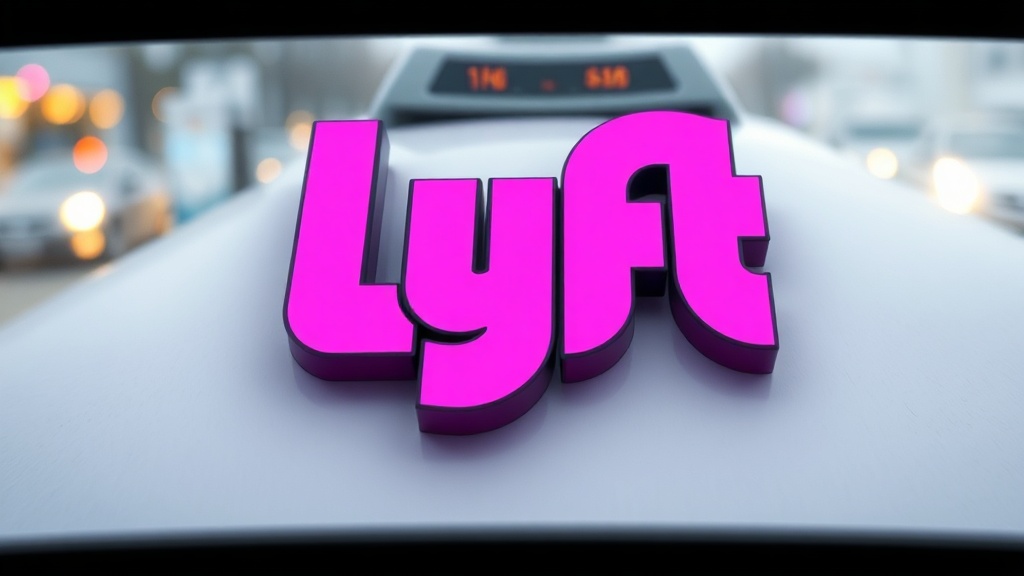Lyft remains one of the leading platforms shaping how people get around cities, blending convenience with a growing focus on safety, driver earnings, and sustainability. Whether you’re a regular rider, occasional user, or drive for the platform, there are practical moves that can improve your experience and make trips more efficient.
What riders should know
Lyft’s app continues to emphasize smooth, flexible booking. Features like scheduled rides, in-app tipping, and multiple vehicle options (standard, XL, accessible vehicles) make it easy to match a trip to needs and budget. Safety tools are built into the app: riders can share trip status with trusted contacts, access a one-tap emergency button, and review driver profiles and ratings before a ride. For cost-conscious riders, pooled rides and promo offers can lower fares, while subscription options provide a predictable discount structure for frequent users.
Tips for getting better rides: request rides during off-peak windows to avoid surge-like pricing, confirm pickup details with drivers for faster handoffs, and keep the app and payment information updated to prevent delays.
What drivers should know
Earnings transparency and flexible schedules remain central to Lyft’s driver-facing messaging. The driver app includes heat maps, destination filters, and hourly incentives that help maximize earnings while minimizing downtime. Tipping and boosting features, plus occasional guaranteed-earnings promotions, offer additional income streams. Safety measures like two-way ratings, trip recording (where permitted), and in-app incident reporting help drivers feel secure on the job.
To increase reliability and tips: maintain a high completion rate, communicate clearly with passengers when delays occur, and keep vehicles clean and comfortable.

Drivers considering fleet upgrades should look into incentives for fuel-efficient or electric vehicles, which can reduce operating costs in the long run.
Sustainability and multimodal options
Lyft has been investing in cleaner transportation options and partnerships that expand access to micromobility—bikes and scooters—alongside traditional rides. Programs encouraging drivers to switch to electric vehicles and partnerships around charging infrastructure are gaining traction, making eco-friendlier trips more accessible for riders and more economical for drivers. Integration with public transit data and multimodal trip planning helps users mix rideshare, bike, or public transit to reduce costs and environmental impact.
Business and institutional use
Lyft Business platforms simplify travel for companies, schools, and events by centralizing payments, setting ride policies, and providing reporting. These tools support employee commute programs, event transportation, and institution-managed rides for customers or patients.
Expense integrations and ride credits further simplify reimbursements and travel budgeting.
Regulatory and technological landscape
Rideshare platforms operate in a shifting regulatory environment that affects pricing, driver classification debates, and safety rules. Staying informed about local regulations can help both riders and drivers avoid surprises. On the technology front, advances in routing, demand forecasting, and accessibility features continue to refine the platform’s efficiency and user experience.
Getting the most from Lyft
For riders: take advantage of subscription plans and promos, keep safety settings turned on, and try pooled or multimodal options to reduce costs. For drivers: use the app’s filters and heat maps, explore vehicle incentives, and prioritize ratings and safety to boost earnings. Businesses should evaluate Lyft’s managed programs to streamline corporate travel.
Lyft is evolving to meet urban mobility needs—balancing convenience, safety, and sustainability—while offering tools that help riders, drivers, and organizations navigate their transportation needs more effectively.